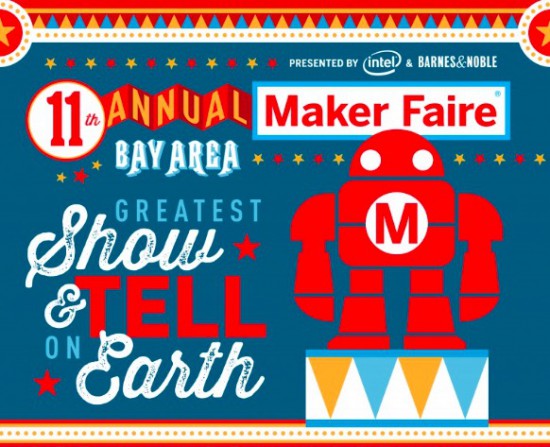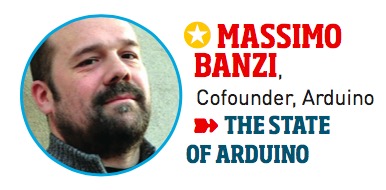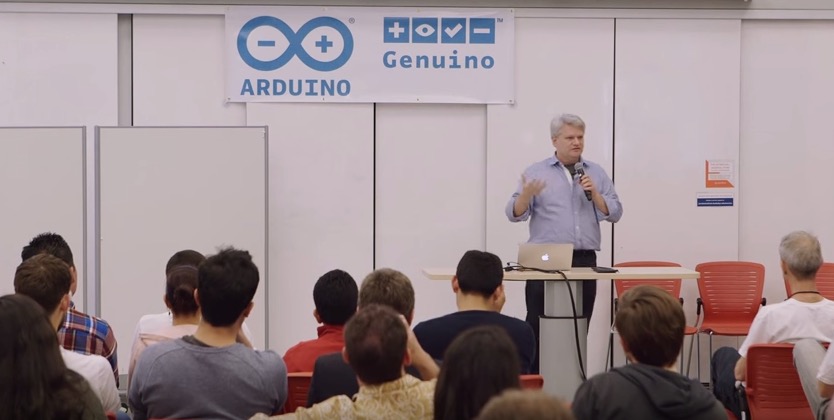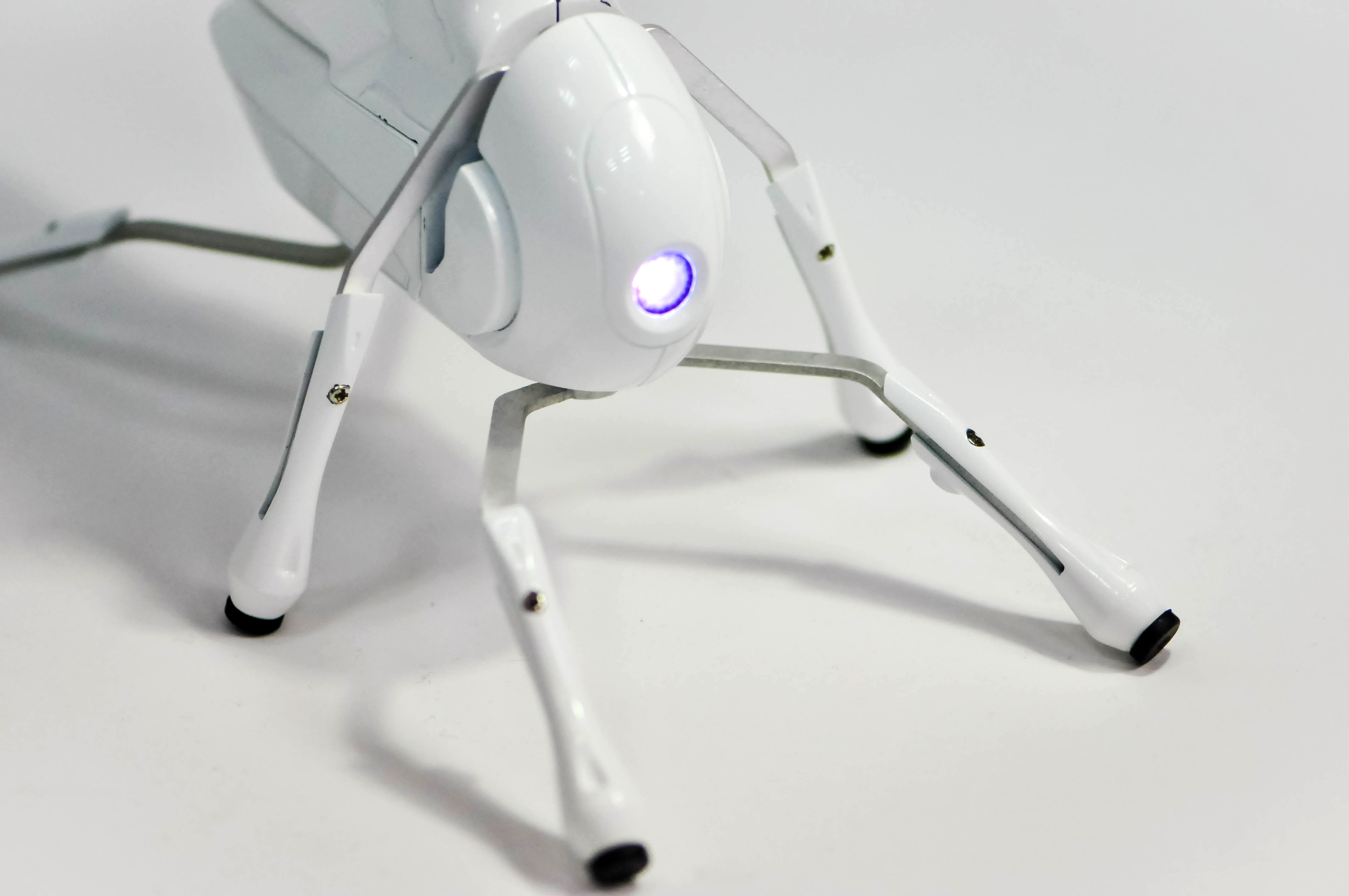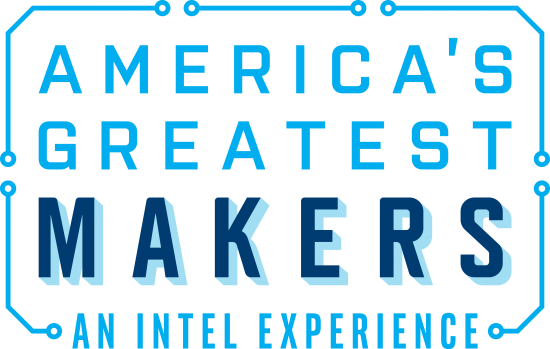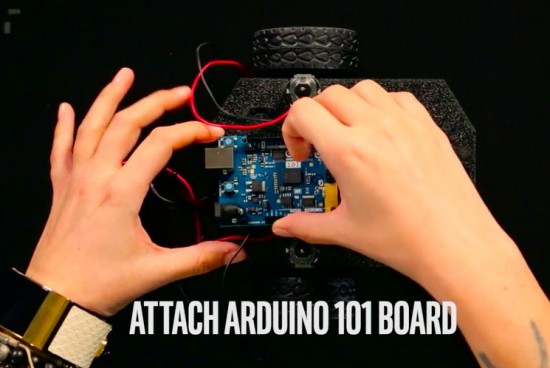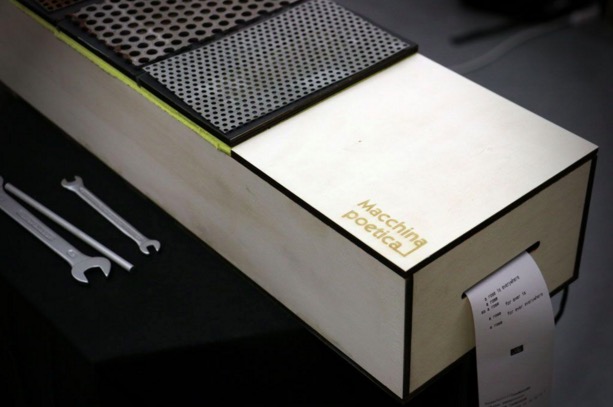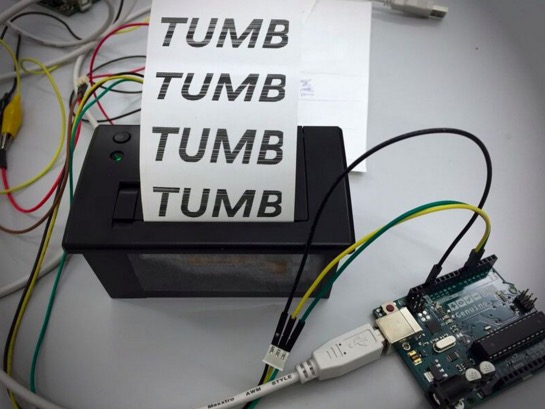One Dollar Board Targets Students
The Raspberry Pi was made to be inexpensive with an eye toward putting them into schools. But what about programs targeted at teaching embedded programming? There are plenty of fiscally-starved schools all over the world, and it isn’t uncommon for teachers to buy supplies out of their own pockets. What could you do with a board that cost just one dollar?
That’s the idea behind the team promoting the “One Dollar Board” (we don’t know why they didn’t call it a buck board). The idea is to produce a Creative Commons design for a simple microcontroller board that only costs a dollar. You can see a video about the project, below.
Despite being licensed under Creative Commons, there isn’t much detail available that we could find. It appears the board uses an 8 pin Atmel CPU (and the FAQ indicates that the board will use the Arduino IDE). We’re guessing that it’s essentially a Digispark / Adafruit Trinket / ATtiny85 with V-USB installed.
The crowdfunding campaign page lists the following details:
- CPU: 8-bit
- GPIO (input and output ports): 6
- USB Interface: Yes
- Memory: Flash 8 kBytes (expandable to 256 kBytes)
- Spaces for expansions: WiFi ESP8266, Memory 24C256, H bridge L293
- Voltage: 5V
- Indicator LEDs: 2
- Reset Button: Yes
- Fitting Spaces: 4 (compatible with Arduíno UNO or similar)
- Quick Guide: The English board comes with a printed guide in other languages.
If it is an ATTtiny85-based design, two of those “GPIO” pins will be eaten up by the USB programmer, and maybe two more by the indicator LEDs. And some of that 8 kB of flash is consumed by the bootloader. In short, it’s not going to be able to do everything all at once. Still, it could be just the thing for getting your feet wet.
But the real story is the price. The dollar price tag doesn’t include shipping or taxes, of course, but even getting the price down that low is impressive. Time will tell if the market has an appetite for a dollar board. If we had to guess, the real value will be in ready-made course material.
There are plenty of educational boards out there, but few (if any) cost a buck.
Filed under: Arduino Hacks, ATtiny Hacks, Crowd Funding


